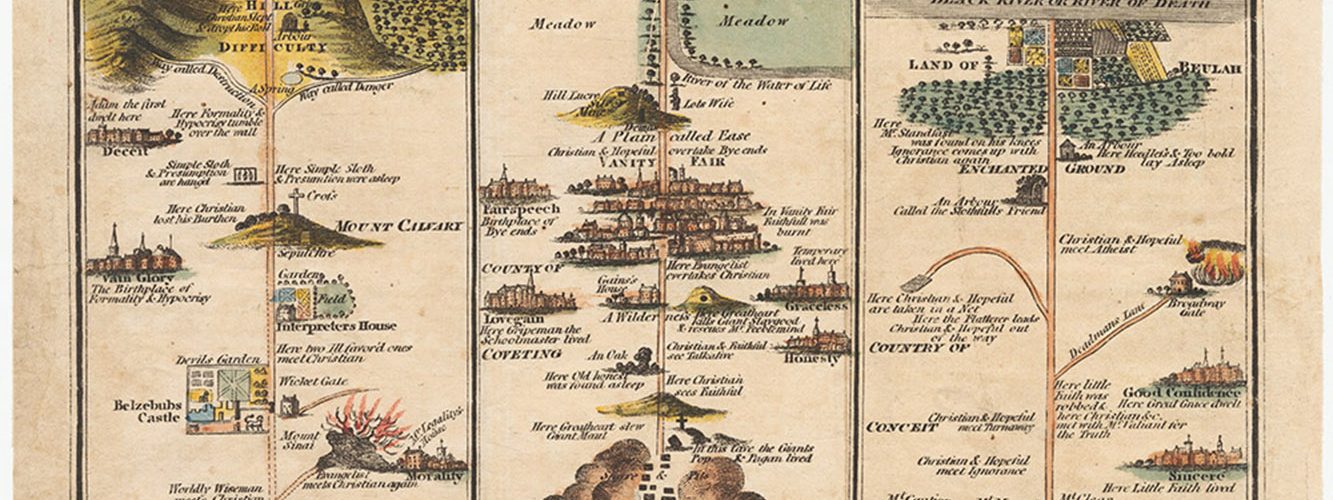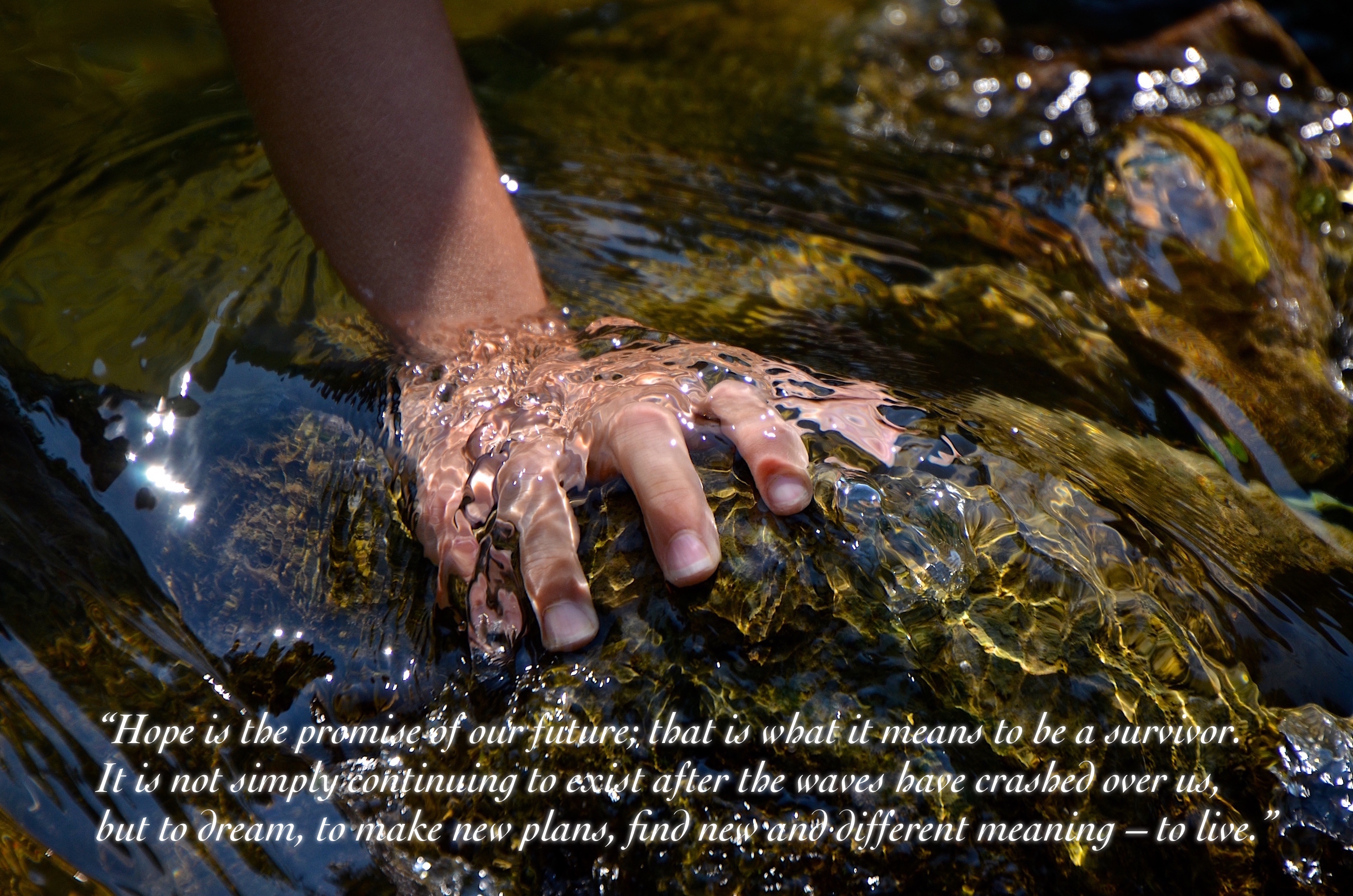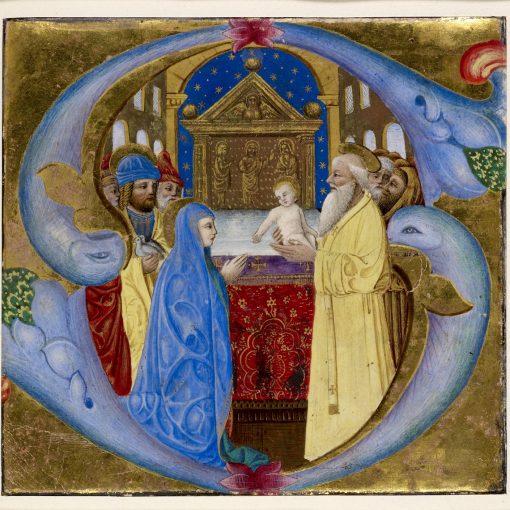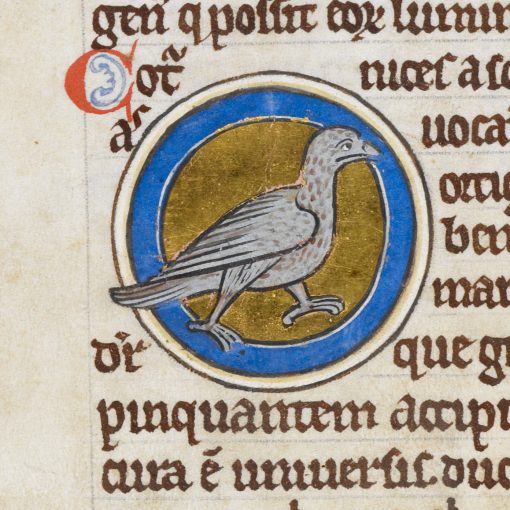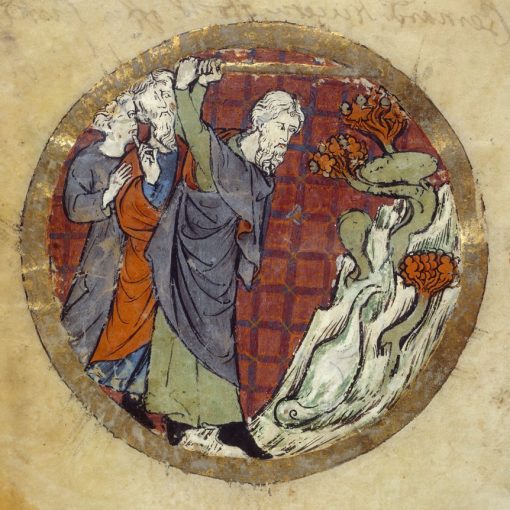This is an entry in the “Acrostic Contemplations.”
Walk in love, as Christ loved us, and gave himself an offering and sacrifice to God.
Ephesians chapter 5, verse 2, is a sentence often recited at the offertory. (Offertory is not, as some think, the collection of money in a worship service, but the bringing forward and offering of the bread and the wine, gifts from God’s creation.) Walking is taken granted by those who are able. It is perhaps a yearning for those who once could but can no longer. Some have never had the option. Others see it as a burden, wishing instead they could ride a bike, be driven in a luxury car, or simply be magically or scientifically transported immediately to where they would rather be (which is always someplace other than where they are). Yet walking, bi-pedal locomotion, has been fundamental to the human experience and shaped how we think and describe the experience of life, both physical and spiritual.
The “way” upon which and by which we make our way through life is a metaphor which can be found throughout human history and culture. It can be found in Taoism (“tao” literally means “way”), the Middle Way of Buddhism, and of course in Judaism and Christianity. The Jewish term for the rules and practices which should guide everyday life is halakhah, הֲלָכָה. The term is derived from the Hebrew root which means simply, “to walk,” and indicates the path, the way God’s people are to follow in life. The Law, the Prophets, and the teaching of the Elders were all given to Israel to direct how to live their lives. It is not surprising then, that the earliest name given to those who followed Jesus was “the Way” (Acts. 9:2) and Paul confesses to Felix, “I admit to you, that according to the Way, which they call a sect, I worship the God of our ancestors, believing everything laid down according to the law or written in the prophets. I have a hope in God—a hope that they themselves also accept—that there will be a resurrection of both the righteous and the unrighteous.”
The metaphor is not really about the means of locomotion, but rather the nature of our journey through life. How are we going to live our lives, which path will we follow as we traverse through these days and years? John Bunyan, of course, takes this metaphor to its extreme and even makes it explicit in the title of his novel, The Pilgrim’s Progress from This World, to That Which is to Come. I am a product of my time and when I think of long journeys and adventures, I tend to think of the Lord of the Ring novels by Tolkien. As we make our way through life, the path we choose to follow can be influenced by external factors and our own choices about comfort or challenge.
We all have the same destination (which is not to say we all have the same destiny). We are all moving towards the resurrection. Which path will we choose? Some journeys build us up and strengthen us even as they challenge us. Other routes will tear us down and leave us broken. How shall we walk the path, once chosen? Charles Spurgeon examines this metaphor of walking through life in his reflection on Col. 2:6, “So walk ye in Him.” Walking, says Spurgeon, implies action, signifies progress, and requires continuance. “‘So walk ye in Him’; proceed from grace to grace, run forward until you reach the uttermost degree of knowledge that one can attain concerning our Beloved.”
Or, to put it another way, walk in love, as Christ loved us, and gave himself an offering and sacrifice to God.
